Help with Aloe Vera plant
Binks (PA6b)
7 years ago
Featured Answer
Sort by:Oldest
Comments (45)
susanzone5 (NY)
7 years agoRelated Discussions
re: help with aloe vera plant
Comments (1)Aloe is a succlent, succlents do not like water. You are fine to put it in your window, you can even put it outside during the summer. Heres a link they may help you. Here is a link that might be useful: Aloe vera plant care...See MoreHelp with Aloe vera plant
Comments (4)I'm not sure how much help I'll be, because I don't grow Aloe vera. The one you have looks like Aloe vera v. chinensis. Well, I take it back. I do have one little bitty one...my hubby brought home from work from a co-worker...in a baggie of WATER (almost like a fish)!! Its 2 outer leaves were mush. I pulled them off & set the remaining small part on the kitchen window sill. I forgot about it. It was there for weeks...no, months! It started growing! That's when I potted it up. So, reason I tell you the story...it doesn't need too much water. I notice the soil in your pot looks mostly like sand. Bad idea. Try to get it out of there. Sand will retain water. You need stuff to aerate, to let the water drain well. Do you have anything else available to you? A bunch of small rocks mixed in might help. As for the dents in the leaf...I don't know what causes it. But I would cut back on watering. Wait till you see some new growth on your plant. Water sparingly. Okay, update~I took a look at mine & 1 of the older leaves has a dent in it like yours. I believe the older leaves will desiccate over time & dry up, drop off. More than likely, this is what is happening on both our plants. Natural for the plant. =)...See Moreneed help to identify this Aloe plant; Aloe Vera???
Comments (14)Certainly not here to dispute the name of the Lowes plant. I bought a couple of the same plants, chuckling to myself that ALL of the aloes were labeled Aloe vera. Mine are PIG, growing well and curiously have lost their spots. You can see some of the spots remain on the bottom, oldest leaves. So I'm pondering the label again. Of course it hasn't flowered yet (about 3 years old), which will add to the info. I guess I wonder if Aloe vera pups start with spots. I have no pups to compare. My plant does not look like the OP's first plants. This post was edited by Crenda on Thu, Aug 7, 14 at 10:23...See MoreHelp! Aloe Vera house plant... is it ok?
Comments (1)I would take it out of that decorative pot and use a saucer instead. I water my aloe when the soil looks dry. If I were you I'd not water it for at least 2 weeks. It is a succulent, so it will survive. With most of my plants I can tell if they need water by lifting there pots up. If your doesn't have drainage you should repot it....See MoreDave
7 years agoBinks (PA6b)
7 years agorina_Ontario,Canada 5a
7 years agolmontestella
7 years agolast modified: 7 years agoBinks (PA6b)
7 years agoDave
7 years agoBinks (PA6b)
7 years agoMentha (East TN, Zone 6B-7A)
7 years agolast modified: 7 years agoDave
7 years agoBinks (PA6b)
7 years agoDave
7 years agoBinks (PA6b)
7 years agolast modified: 7 years agoDave
7 years agolast modified: 7 years agoBinks (PA6b)
7 years agoDave
7 years agoLauren (Zone 9a)
7 years agolast modified: 7 years agoBinks (PA6b)
7 years agoBinks (PA6b)
7 years agoLauren (Zone 9a)
7 years agoLauren (Zone 9a)
7 years agoBinks (PA6b)
7 years agoLauren (Zone 9a)
7 years agoBinks (PA6b)
7 years agoKaren S. (7b, NYC)
7 years agoBinks (PA6b)
7 years agoDave
7 years agorina_Ontario,Canada 5a
7 years agoDave
7 years agorina_Ontario,Canada 5a
7 years agoDave
7 years agotropicofcancer (6b SW-PA)
7 years agolast modified: 7 years agoVance Evans
7 years agoBinks (PA6b)
7 years agotropicofcancer (6b SW-PA)
7 years agoBinks (PA6b)
7 years agorina_Ontario,Canada 5a
7 years agolast modified: 7 years agotropicofcancer (6b SW-PA)
7 years agorina_Ontario,Canada 5a
7 years agoBinks (PA6b)
7 years agotropicofcancer (6b SW-PA)
7 years agoLauren (Zone 9a)
7 years agolast modified: 7 years agoBinks (PA6b)
7 years agoLauren (Zone 9a)
7 years ago
Related Stories
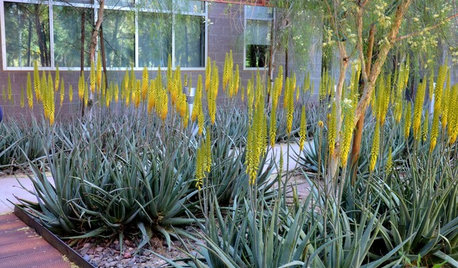
GARDENING GUIDESGreat Design Plant: Aloe Vera
Bright yellow flowering spikes decorate this popular aloe from late winter into spring, much to the delight of hummingbirds
Full Story
MOVINGRelocating Help: 8 Tips for a Happier Long-Distance Move
Trash bags, houseplants and a good cry all have their role when it comes to this major life change
Full Story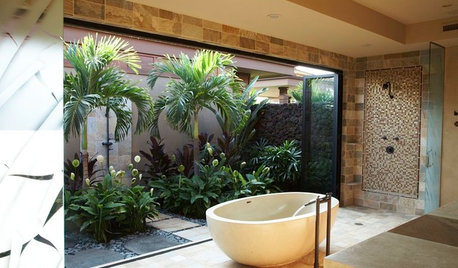
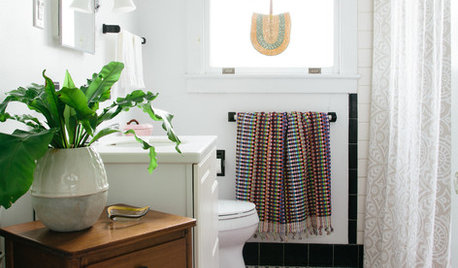
CONTAINER GARDENSFreshen Up the Bath With Lush and Healthy Plants
Learn how to choose and care for plants that will do well in your space
Full Story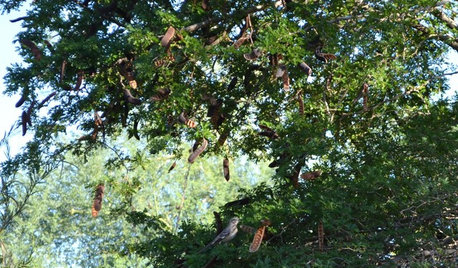
GARDENING GUIDESGreat Design Plant: Ebenopsis Ebano
The dense canopy of Texas ebony’s foliage adds a welcome touch of dark green to the Southwestern landscape
Full Story
HOUSEPLANTS10 Top Plants to Grow Indoors
Brighten a room and clean the air with a houseplant that cascades artfully, stretches toward the ceiling or looks great on a wall
Full Story
INSPIRING GARDENSNative Plants Bring 10 Southern California Front-Yard Gardens to Life
Rare plants, rain gardens and wildlife habitats are just a few of the features showcased on the 2016 Theodore Payne Native Plant Garden Tour
Full Story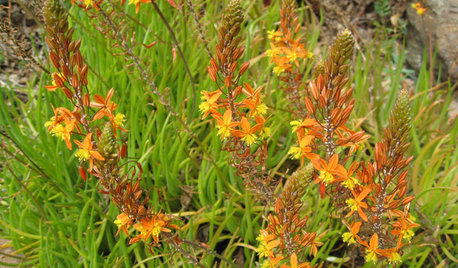
GARDENING GUIDESGreat Design Plant: Bulbine Frutescens 'Hallmark'
Plant this low-maintenance succulent now for brilliant eye-catching orange blooms in spring
Full Story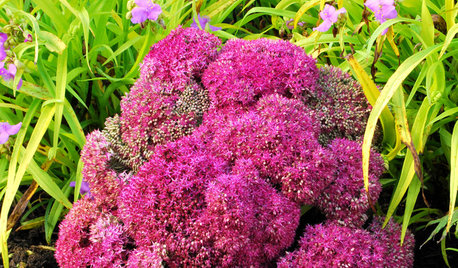
GARDENING GUIDESGreat Design Plant: Sedum (Stonecrop)
Terrific at filling gaps and in a wide range of colors and shapes, sedum is a problem solver in the garden
Full Story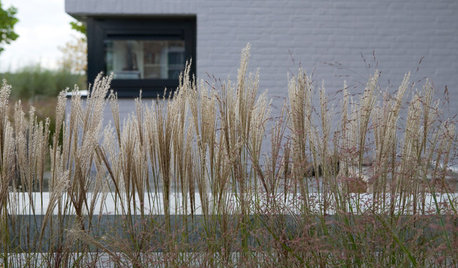
LANDSCAPE DESIGNConsider a Plant as Living Sculpture
If traditional garden art isn’t really your thing, plant living art instead
Full Story


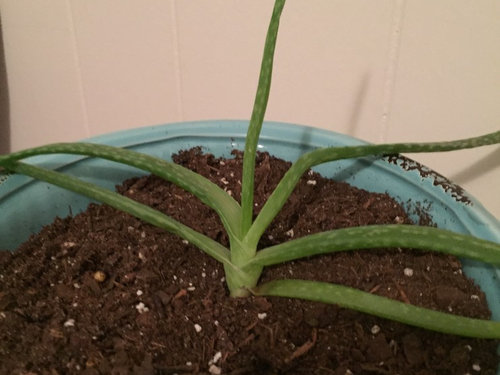
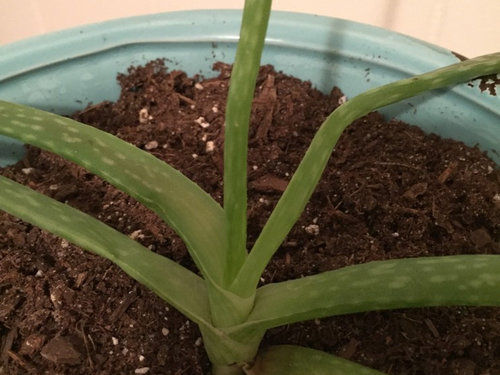
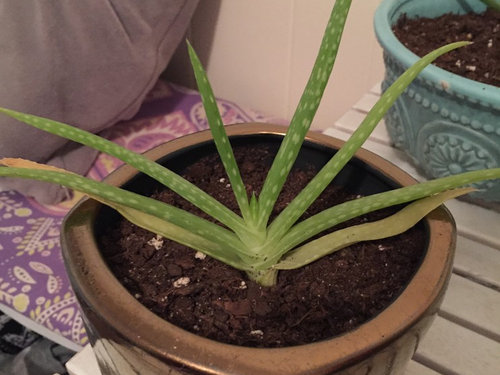
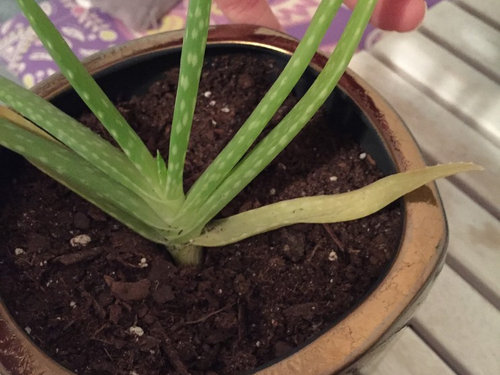
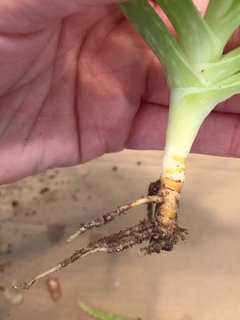
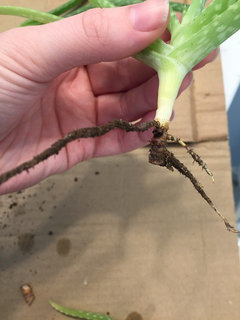
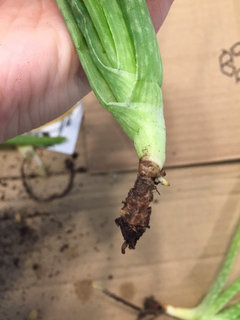



lmontestella